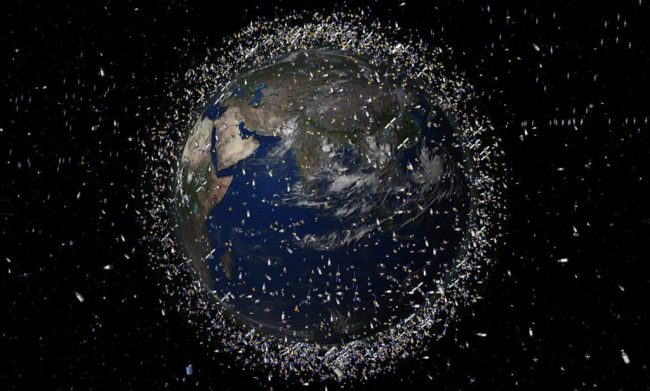Space Junk: A Growing Problem in Earth’s Orbit
What Is Space Junk?
Space junk (or “orbital debris”) comprises non‑functional human‑made objects—defunct satellites, spent rocket stages, paint flakes, and collision fragments—circling Earth at speeds up to 10 km/s. Although most debris is millimeter‑ to centimeter‑sized (too small to track), even a paint‑chip‑sized fragment can critically damage active spacecraft upon impact.
The Scale of the Debris Problem
- Tracked Objects: As of February 2025, roughly 31 000 objects larger than 10 cm are tracked in Earth orbit, but only about 9 300 are operational satellites (NASA SVS, 2025).
- Untrackable Fragments: Estimates exceed 170 million particles between 1 mm and 1 cm—high‑velocity projectiles capable of compromising missions.
- Growing Inventory: The European Space Agency’s DISCOS database lists over 42 000 catalogued objects, up from about 25 000 two decades ago (ESA DISCOS, 2025).
Why It Matters
At orbital velocities, even tiny fragments pose existential threats to both crewed and uncrewed missions. Collisions generate secondary debris in a cascading effect known as the Kessler Syndrome, which could render critical orbital corridors unusable for decades.
Mitigation & Removal Strategies
- End‑of‑Life Deorbiting
− International guidelines recommend that satellites reenter the atmosphere within 25 years of mission end (NASA ODPO). - Active Debris Removal (ADR)
− Experimental technologies—nets, harpoons, robotic arms—aim to capture large defunct objects for controlled deorbit. Learn about our Debris Removal Solutions. - Policy & Best Practices
− The UN’s Committee on the Peaceful Uses of Outer Space (COPUOS) issues voluntary debris‑mitigation guidelines, adopted by major spacefaring nations to curb future pollution.
What You Can Do
- Stay Informed: Follow updates from space agencies and research centers.
- Advocate: Support legislation holding satellite operators accountable for post‑mission disposal.
- Educate: Share credible resources and help build public awareness of orbital‑environment challenges.




